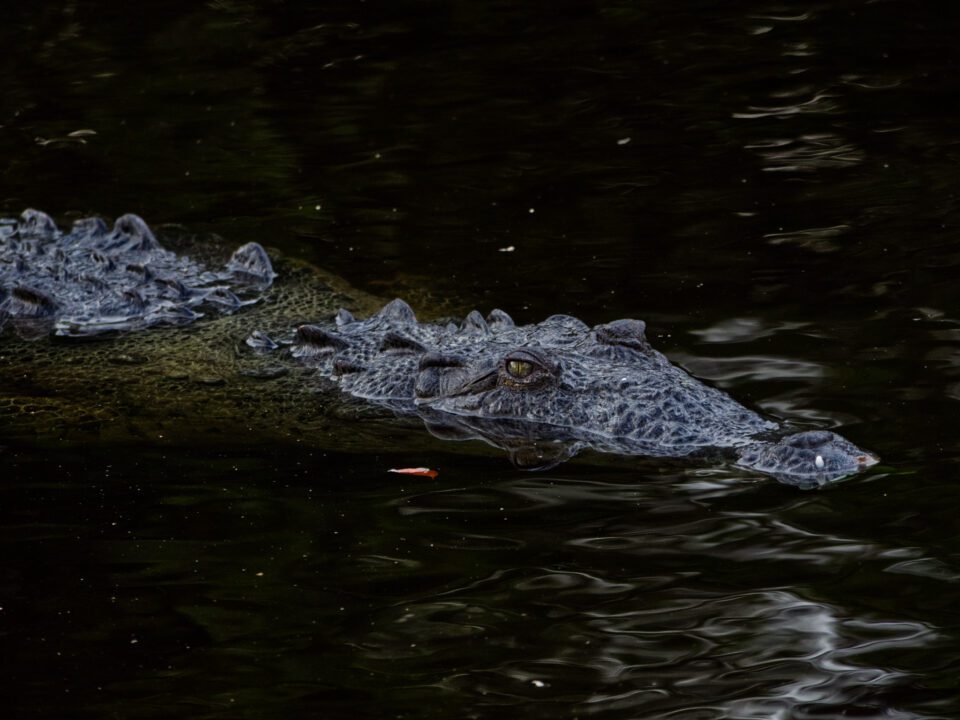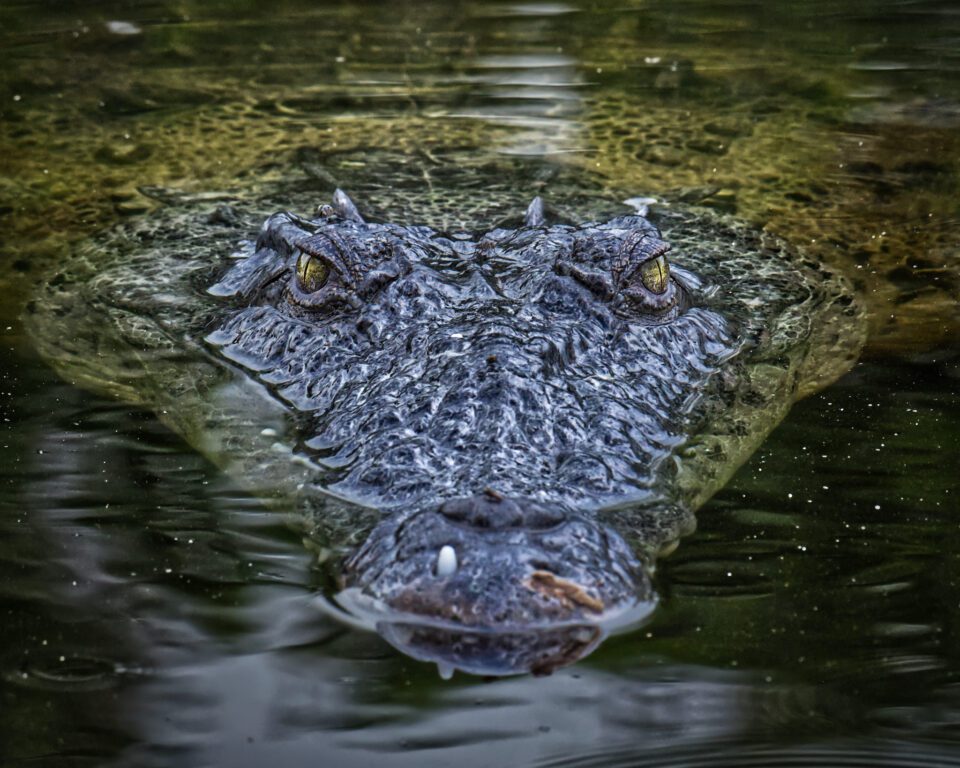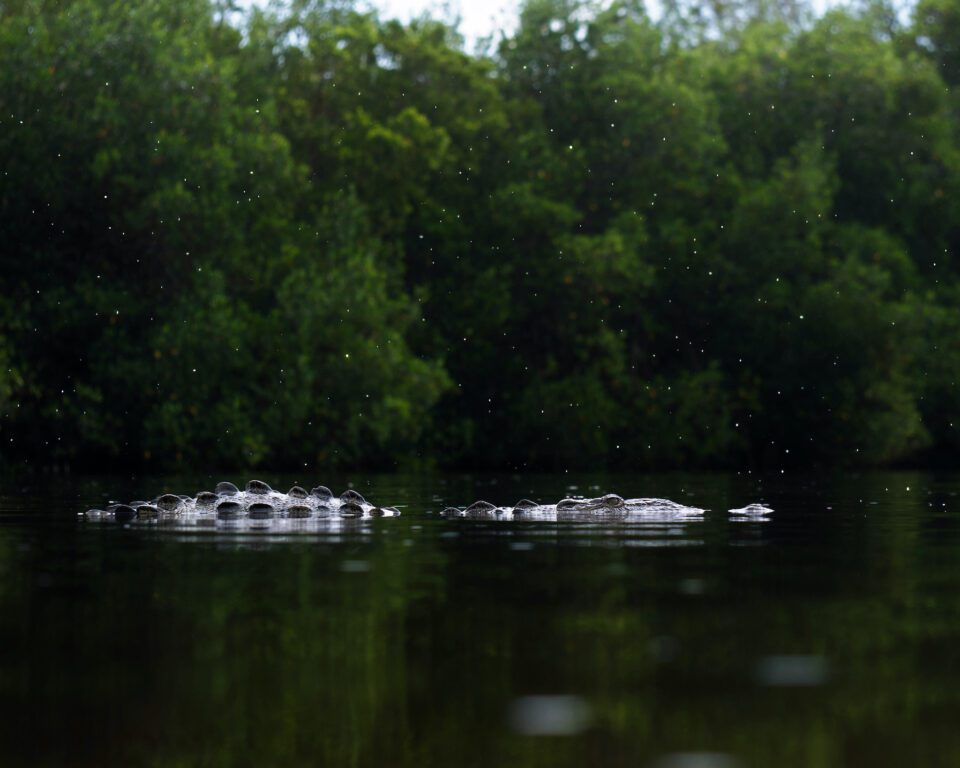العثور على التراكيب في تصوير الحياة البرية
Finding Compositions in Wildlife Photography: A Case Study
The first part of wildlife photography is encountering a subject. The next is making the most out of that encounter. It is easy to end up with boring images of your subject if you get caught up in trying to document the animal and don’t look for powerful compositions.
After all, the goal of a photographer is to create an image which is more than the sum of its parts. There are four questions you can ask yourself in the heat of the moment which will help you find the best composition:
In this article, I will tackle these questions to help you make the most out of the scene presented to you. It starts with a journey to the Florida Everglades.
Table of Contentsالجزء الأول من تصوير الحياة البرية هو مواجهة موضوع ما. التالي هو تحقيق أقصى استفادة من هذا اللقاء. من السهل أن ينتهي بك الأمر بصور مملة لموضوعك إذا انشغلت بمحاولة توثيق الحيوان ولم تبحث عن تركيبات قوية.
بعد كل شيء، هدف المصور هو إنشاء صورة أكبر من مجموع أجزائها. هناك أربعة أسئلة يمكنك أن تطرحها على نفسك في خضم هذه اللحظة والتي ستساعدك في العثور على أفضل تكوين:
ما هي جوانب المشهد التي أريد تسليط الضوء عليها؟ كيف يمكنني تحريك نفسي لتحسين التكوين؟ من أين يأتي الضوء؟ لماذا ألتقط الصورة بهذه الطريقة؟
في هذه المقالة، سأتناول هذه الأسئلة لمساعدتك في تحقيق أقصى استفادة من المشهد المقدم لك. يبدأ الأمر برحلة إلى فلوريدا إيفرجليدز.
جدول المحتويات
هناك تماسيح في الماء ما هي جوانب المشهد التي أريد تسليط الضوء عليها؟ كيف يمكنني تحريك نفسي لتحسين التكوين؟ من أين يأتي الضوء؟ لماذا ألتقط الصورة بهذه الطريقة؟ العودة إلى التماسيحالخلاصة
Finding Compositions in Wildlife Photography: A Case Study
The first part of wildlife photography is encountering a subject. The next is making the most out of that encounter. It is easy to end up with boring images of your subject if you get caught up in trying to document the animal and don’t look for powerful compositions.
After all, the goal of a photographer is to create an image which is more than the sum of its parts. There are four questions you can ask yourself in the heat of the moment which will help you find the best composition:
- What aspects of the scene do I want to highlight?
- How can I move myself to improve the composition?
- Where is the light coming from?
- Why am I taking the photo like this?
In this article, I will tackle these questions to help you make the most out of the scene presented to you. It starts with a journey to the Florida Everglades.
Table of Contentsالجزء الأول من تصوير الحياة البرية هو مواجهة موضوع ما. التالي هو تحقيق أقصى استفادة من هذا اللقاء. من السهل أن ينتهي بك الأمر بصور مملة لموضوعك إذا انشغلت بمحاولة توثيق الحيوان ولم تبحث عن تركيبات قوية.
بعد كل شيء، هدف المصور هو إنشاء صورة أكبر من مجموع أجزائها. هناك أربعة أسئلة يمكنك أن تطرحها على نفسك في خضم هذه اللحظة والتي ستساعدك في العثور على أفضل تكوين:
ما هي جوانب المشهد التي أريد تسليط الضوء عليها؟ كيف يمكنني تحريك نفسي لتحسين التكوين؟ من أين يأتي الضوء؟ لماذا ألتقط الصورة بهذه الطريقة؟
في هذه المقالة، سأتناول هذه الأسئلة لمساعدتك في تحقيق أقصى استفادة من المشهد المقدم لك. يبدأ الأمر برحلة إلى فلوريدا إيفرجليدز.
جدول المحتويات
هناك تماسيح في الماء ما هي جوانب المشهد التي أريد تسليط الضوء عليها؟ كيف يمكنني تحريك نفسي لتحسين التكوين؟ من أين يأتي الضوء؟ لماذا ألتقط الصورة بهذه الطريقة؟ العودة إلى التماسيحالخلاصة




تعليق